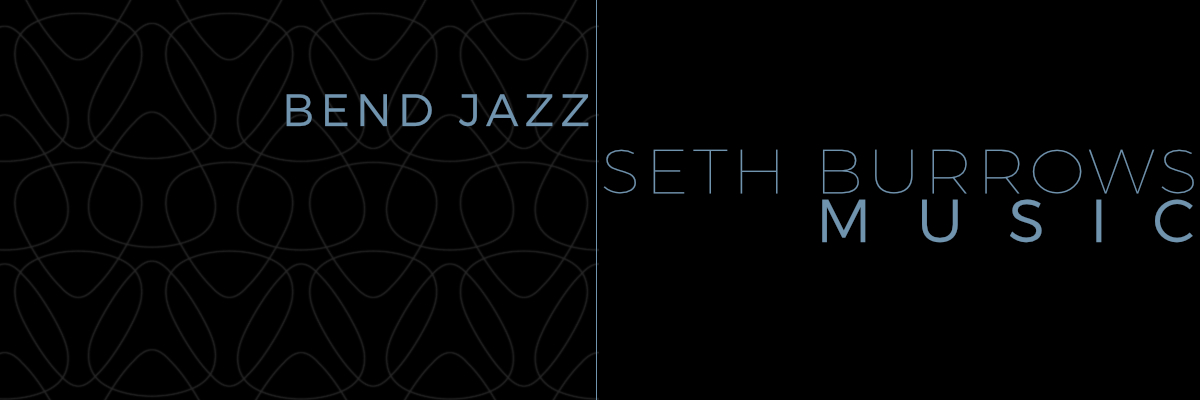Hey there SEVEN followers!
Hope all went well last week. Where was I?
Oh yeah…we just got through learning how to construct the Major Scale, and we’re about to get into intervals and chords.
Here goes:
Intervals
When we build our Major Scale, each step of the scale has a particular name, and over the last 400 years or so, we have sort of arrived at a naming convention that is closely tied to the sound of this scale. Each step of this particular scale is named a MAJOR or PERFECT something.
In order, they go like this: Perfect Unison (the identical note played at the same time), Major Second, Major Third, Perfect Fourth, Perfect Fifth, Major Sixth, Major Seventh, Perfect Octave.
The thing about intervals is that they can be played MELODICALLY, that is, one tone after the other; or HARMONICALLY, both tones played simultaneously.
Here is what the intervals of the major scale look like when played Harmonically in the staff:
All these intervals have specific definitions, in terms of space between the notes. A Major Second, as an example, is defined as being an interval separated by one whole step, or two semi-tones. So, by definition, the note D is one whole step away from the note C. Another way to say that is to say that
D is a Major Second away from C. ANYTHING that is two semi-tones away from a particular note is said to be a Major Second away.
Here are some examples of Major Seconds based on several different notes:
Similarly, Major Thirds have a specific definition. Major Thirds are two notes separated by two whole steps, or four semi-tones. Here are a few examples of Major Thirds:
I won’t bore you with the definitions of all the other major intervals, but I will refer you to wikipedia, as it is an excellent reference for all kinds of musical terms. Start here: http://en.wikipedia.org/wiki/Musical_interval
All of these base intervals can be manipulated in several ways, making the interval sound different and be called something different.
For example, any of the intervals, labelled “Major” can be flattened by one-half step, making them “Minor” and changing their sound accordingly. So, if you take a Major Second and lower it by a half-step, you get a Minor Second:
If you take a Major Third and lower it by a half-step, you get a Minor Third:
The “Perfect” intervals can also be manipulated. Each of the Perfect Intervals can be flattened by one half-step, causing them to be called “Diminished.” Or you can sharpen the Perfect intervals, causing them to be called “Augmented.”
Triads
For lots of reasons, Western Music and Western Harmony have evolved to use Triads as their basic building blocks. Basically, a triad is two Thirds stacked on top of each other. This means that there are four possibilities for stacking Thirds:
1. You can have a Major Third on the bottom, with a Minor Third stacked on top, Like this:
…and for reasons that are not altogether clear, we have come to label this type of triad a “Major Triad” or a “Major Chord.”
2. You can have a Minor Third on the bottom, with a Major Third stacked on top, Like this:
…and for reasons that are not altogether clear, we have come to label this type of triad a “Minor Triad” or a “Minor Chord.”
3. You can have a Minor Third on the bottom, with a Minor Third stacked on top, Like this:
…and for reasons that are slightly clearer, we have come to label this type of triad a “Diminished Triad.”
4. You can have a Major Third on the bottom, with a Major Third stacked on top, Like this:
…and for reasons that are slightly clearer, we have come to label this type of triad an “Augmented Triad.”
…And I think we’ll stop there for this week…seems like a good place.
Next week, we’ll actually get to the point of all this: the harmonization of the major scale and the Nashville Number System.
This Week:
I have been working on the production project and some new songs.
briannutter.com
…seriously, download “Red Sundress” it’ll either inspire you or make you give up…
Podcast on the horizon…stay tuned….
How does it sound now?
Write something, will ya?
See ya next week!
